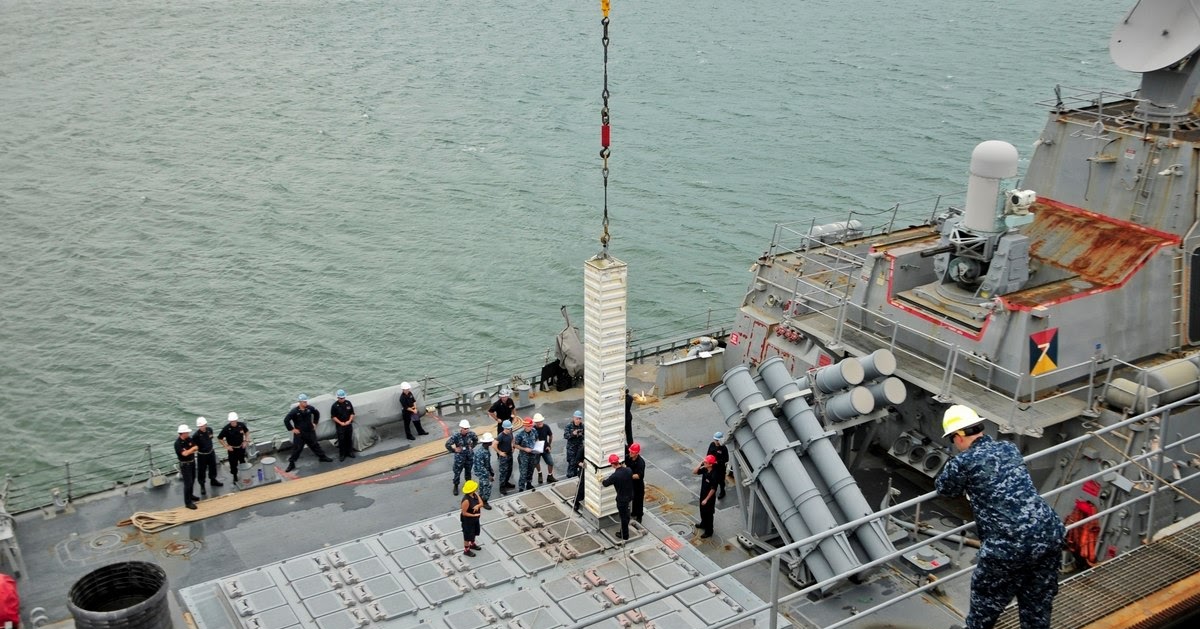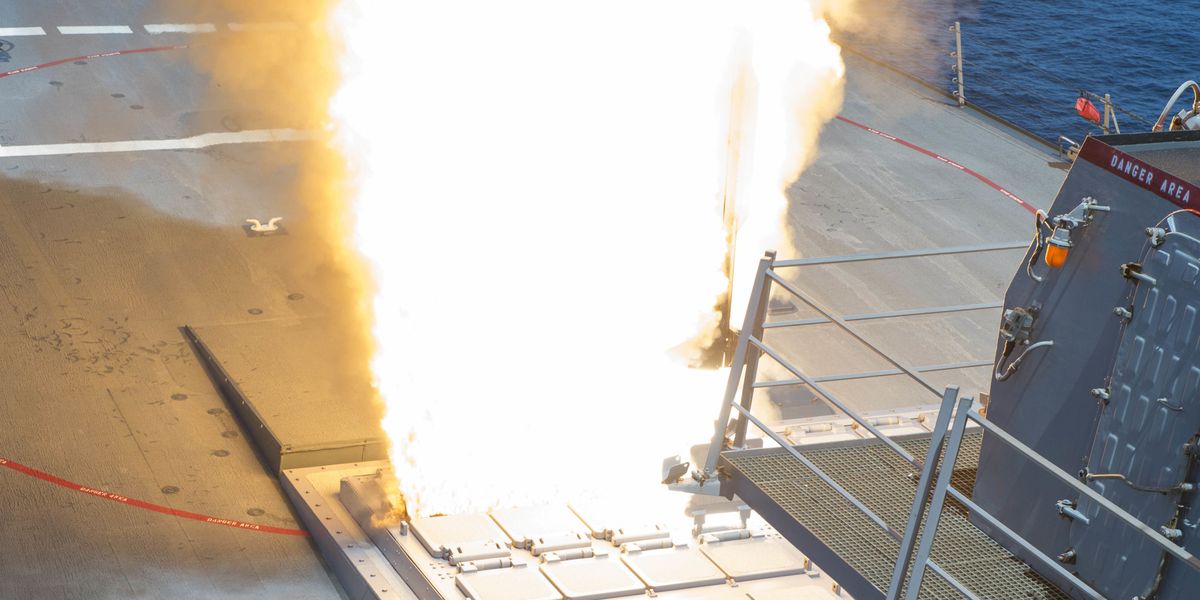I think it’s a good starting premise, but unless you intend to transit from the AO to re-arm, with an empty VLS magazine, then the intentionally usable munitions numbers is even more limited.That said, you'd expect that a given Hunter class ship would have 8 x topside canister launched ASM (I'd hope LRASM, but maybe NSM) in addition to the 32 notional VLS cells. With quad packed ESSM you might get something like 32 x ESSM + 24 x SM2/6 for 56 SAMs or roughly ~28 "stowed ASM kills" per vessel in addition to your own ASM volley, so the situation might not be quite so bleak, especially once soft kills are factored in (EW, Nulka etc).
Whatever that preferably unusable % is, is anyone’s guess?
Im guessing every user of a VLS launch system will have the same planned tactical ammunition limitation.
I think it’s not wise to ‘plan’ on using that 32 number.


